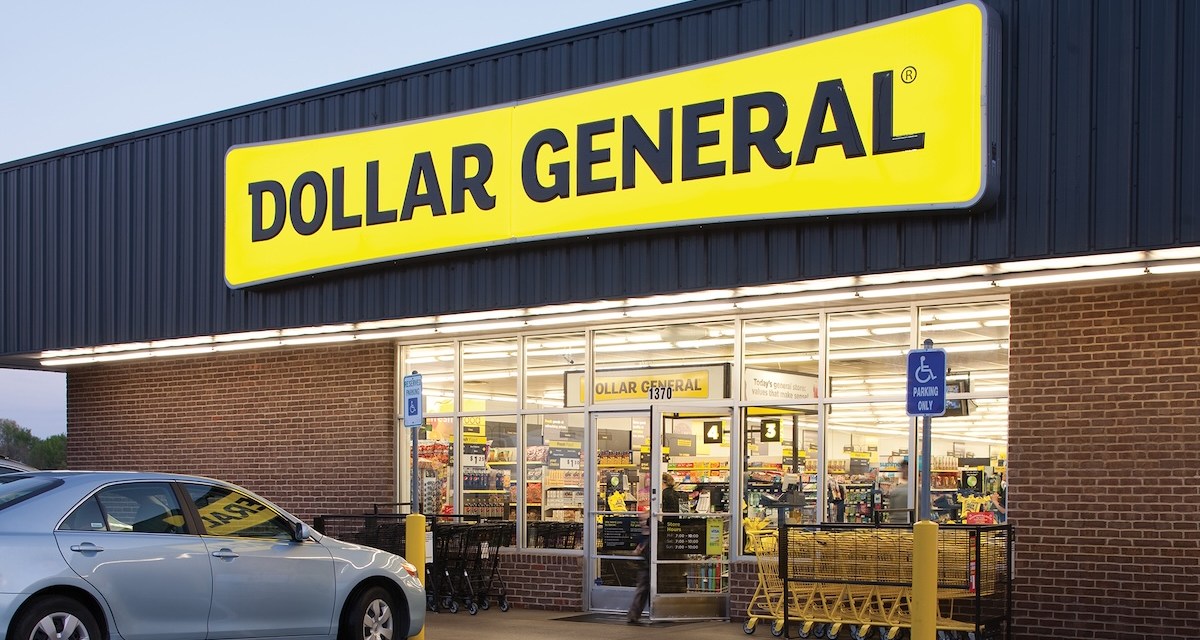Why Dollar General’s move to offer same-day delivery likely won’t make it more competitive with Walmart

Dollar General is taking a page out of Amazon and Walmart’s playbook to grow its digital platform and advertising business.
In September, Dollar General began offering same-day home delivery from about 75 stores, CEO Todd Vasos told investors in an earnings call last week. He said the company expects the service to eventually expand to thousands of stores. The new program is in addition to the company’s already established partnership to deliver groceries and home goods from 16,000 of its 20,000-plus stores through DoorDash, which launched in 2021.
“The learnings from that initiative and our own customer work have provided the foundation from which to test our own delivery offering with our unique customer base,” Vasos said. “Our goal is to drive greater customer loyalty within the digital platform while ultimately increasing market share and accelerating growth.”
Unlike DoorDash, customers will shop directly through the Dollar General app or website. Vasos said that because the company will partner with a third-party service — which he did not name in the earnings call — the program will not be much of a burden on stores. It’s unclear how much the company will pay to run the program, but Vasos said the company will work to keep costs low. He also said the program will help its retail media network, which launched in 2018 and serves ads on the app and through other marketing channels.
This comes as Dollar General has seen weakened demand. Executives have previously said its lower-income customers have cut back on spending due to macroeconomic factors like inflation. The retailer’s operating profit decreased 25% year over year in the third quarter, and in a previous earnings call in August, Vasos indirectly said the company had been losing market share to Walmart. Both Dollar General and Dollar Tree (which also owns Family Dollar but is looking to sell) cut their sales outlooks this past quarter.
Retail analysts questioned whether Dollar Tree can offer a delivery program that is competitive with the much larger and better-resourced players while also improving an in-store experience they claim is suffering.
“The old saying I used to say is, why would anyone want to compete with Amazon? That’s a losing proposition,” said Walter Holbrook, the founder of Yoda Retail Consulting and a former executive for Kmart as well as off-price retailers Gabe’s and Kids Outlet. “Why would a dollar store want to compete with Walmart? You’re not going to beat them, so do your thing and do it well, execute it well.”
Holbrook recently visited a Dollar General location and found cluttered aisles and empty shelves. In his estimation, the company should instead invest more in labor to improve its operations. “You’ve got three of the best weeks in retail coming right before you here,” Holbrook said. “Invest in enough labor to fill those shelves and see what you can drive in the next few weeks.”
Another analyst agreed.
“They really need to look inward to the core business and just sharpen execution there to get growth,” said Neil Saunders, managing director and analyst for GlobalData Retail. “There’s nothing wrong in looking at retail media, there’s nothing wrong with looking at same-day delivery; they’re probably really smart to experiment with these things. I just don’t think, especially with same-day delivery, it’s necessarily the financial panacea or financial success they might think it is because I think it’s extremely expensive to operate.”
While this could be a way to attract shoppers who wouldn’t normally visit a Dollar General store, Saunders said customers will likely instead turn to Amazon or Walmart if the company can’t find a way to differentiate itself.
Like Holbrook, Saunders said he has also found Dollar General stores to be disorganized, which could make it more difficult to operate the delivery service. If an item is sitting in a box, a delivery worker may see it as available in their system but not be able to find it. “It necessitates an increase in labor to really make sure that those stores are operationally efficient,” Saunders said, adding that he believes Amazon and Walmart are more disciplined in their stores and fulfillment centers.
Even if third parties are handling fulfillment, store staff may still have to help them find those items that aren’t on the shelves. “There’s a real danger that, actually, it could deteriorate the in-store standards and in-store service even further if staff are being pulled in another direction trying to manage these deliveries,” Saunders said.

